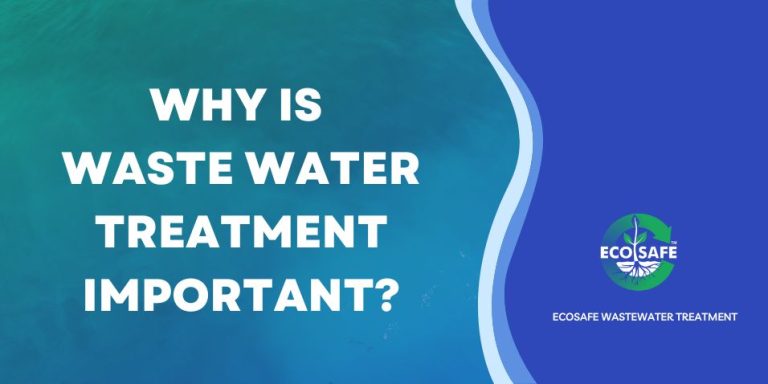The 7-Second Trick For Reclaim Waste
The 7-Second Trick For Reclaim Waste
Blog Article
The smart Trick of Reclaim Waste That Nobody is Talking About
Table of ContentsThe Main Principles Of Reclaim Waste Unknown Facts About Reclaim WasteThe Buzz on Reclaim WasteReclaim Waste - QuestionsReclaim Waste - An Overview
Check out the kinds, occurrences, and types of liquid waste. Residential sewage waste describes the waste and items from a residential septic container. This kind of waste is created by human beings in homes, colleges, and various other buildings. This only consists of septic systems that have a drain field. The appropriate administration and disposal of residential sewage waste require liquid waste to be moved to a sewer therapy plant where the correct techniques and equipment are put on detoxify and throw away waste.
Business waste typically consists of prospective hazards, such as combustible materials or a mixture of liquid and solid waste items, and calls for an advanced and in-depth disposal process. The disposal of industrial waste usually entails the filtration of waste before transport to ensure safe and appropriate disposal. Hazardous waste is produced from results and drainage of commercial procedures and production.
This type of waste can not use the same sewer monitoring transport or procedures as septic or industrial liquids. The hazardous waste administration process requires the inspection and testing of fluid waste prior to it undertakes the disposal process (industrial wastewater treatment). Drainage waste is the fluid waste that originates from overflow and excess stormwater in very populated areas or cities
Drainage waste can trigger contamination and flooding if not handled appropriately. Discover more about sewage system cleansing and waste administration. Ensuring correct waste monitoring can avoid disasters and decrease ecological injury. Both people in property setups and experts in industrial or production sectors can profit from recognizing the processes and regulations of fluid waste management.
Reclaim Waste Can Be Fun For Anyone
Get in touch with PROS Services today to learn more about our waste management and disposal services and the correct methods to care for the liquid waste you produce.
(https://issuu.com/reclaimwaste1)Do you understand what occurs to your water when you draw the plug, purge the toilet or drain the washing equipment? No? Well, it deserves recognizing. This so-called 'wastewater' is not just an important resource however, after therapy, will certainly be launched to our land, rivers or the sea. Utilized water from bathrooms, showers, baths, kitchen sinks, laundries and industrial procedures is called wastewater.

water made use of to cool machinery or tidy plant and equipment). Stormwater, a kind of wastewater, is overflow that streams from agricultural and city areas such as roof coverings, parks, yards, roads, courses and rain gutters into stormwater drains, after rainfall. Stormwater flows untreated straight to regional creeks or rivers, ultimately reaching the sea.
Unknown Facts About Reclaim Waste
In Queensland, the majority of wastewater is dealt with at sewer therapy plants. Wastewater is carried from residential or industrial websites via a system of sewers and pump stations, recognized as sewage reticulation, to a sewage therapy plant.
The Department of Natural Resources recommends city governments regarding handling, operating and keeping sewerage systems and treatment plants. In unsewered areas, local governments may need homeowners to install private or household sewer therapy systems to treat domestic wastewater from toilets, cooking areas, shower rooms and washings. The Department of Natural Resources authorizes making use of family systems when they are proven to be reliable.
Many stormwater receives no treatment. In some new subdivisions, therapy of some stormwater to remove litter, sand and crushed rock has started making use of gross contaminant traps. Wastewater therapy occurs in 4 stages: Eliminates solid matter. Bigger solids, such as plastics and various other items incorrectly released to sewage systems, are gotten rid of when wastewater is travelled through displays.
Utilizes small living microorganisms knows as micro-organisms to damage down and get rid of continuing to be liquified wastes and great bits. Micro-organisms and wastes are integrated in the sludge.
The Best Strategy To Use For Reclaim Waste
Nutrient removal is not readily available in all sewer therapy plants since it requires costly specialised tools. It is becoming much more typical in Queensland. Clear fluid effluent created after treatment may still include disease-causing micro-organisms. If this effluent is launched right into waterways such as rivers or the sea, the micro-organisms will eventually pass away out.

This normally means wastewater has to be dealt with or impurities gotten rid of before it can be discharged to rivers. Many wastewater flows right into the sewerage system. Under the Act, city governments carry out approvals and permits for eco pertinent tasks (Periods) entailing wastewater launches that could have a neighborhood effect. The division provides authorizations and permits to ERAs involving wastewater launches that might have a regional linked here or statewide impact.
The Ultimate Guide To Reclaim Waste
Tracking supplies factual details about water high quality and can verify that licence problems are being fulfilled. The info acquired via surveillance gives the basis for making water quality decisions.
Report this page